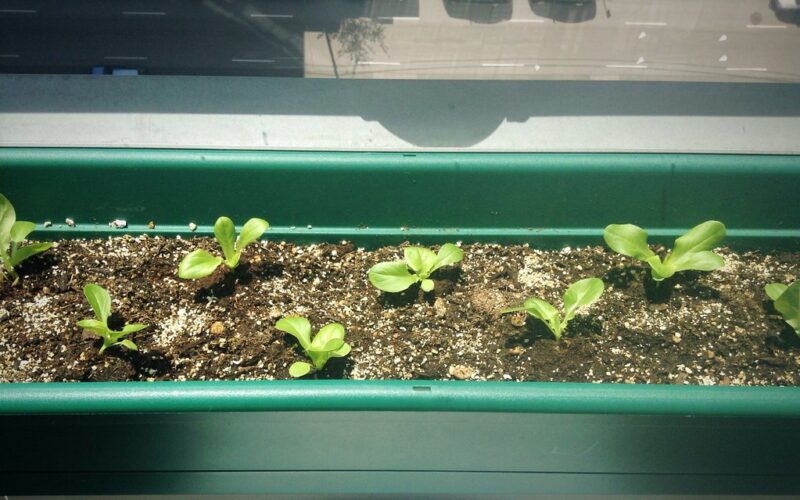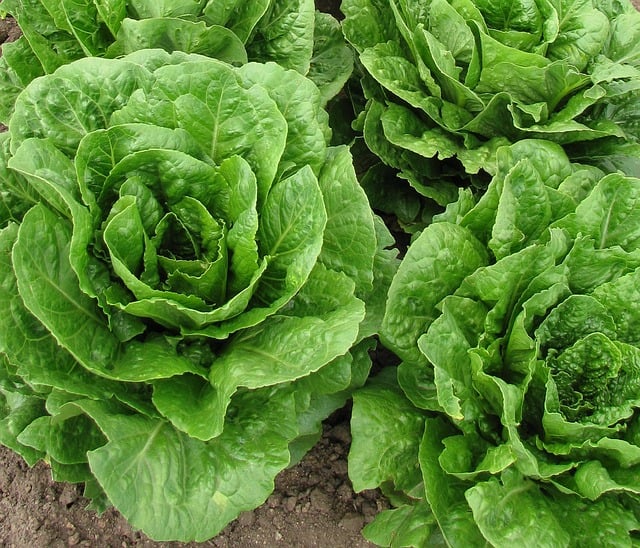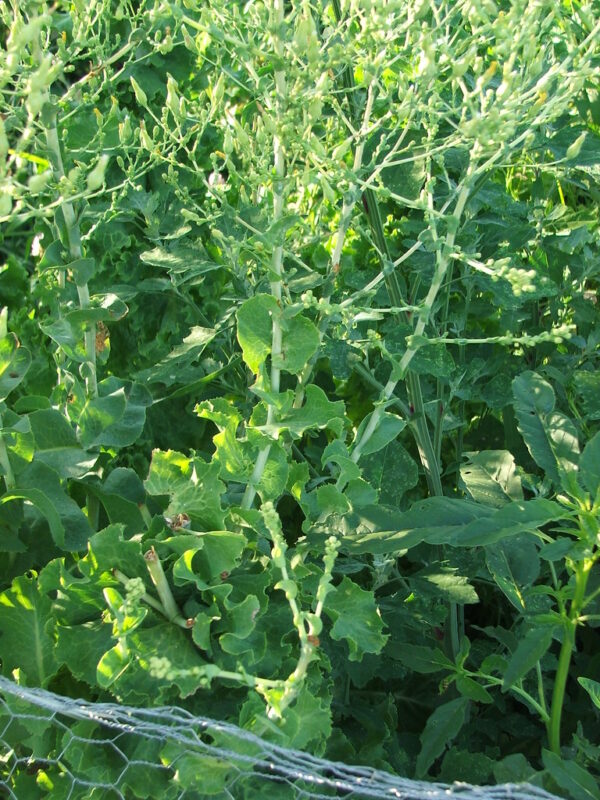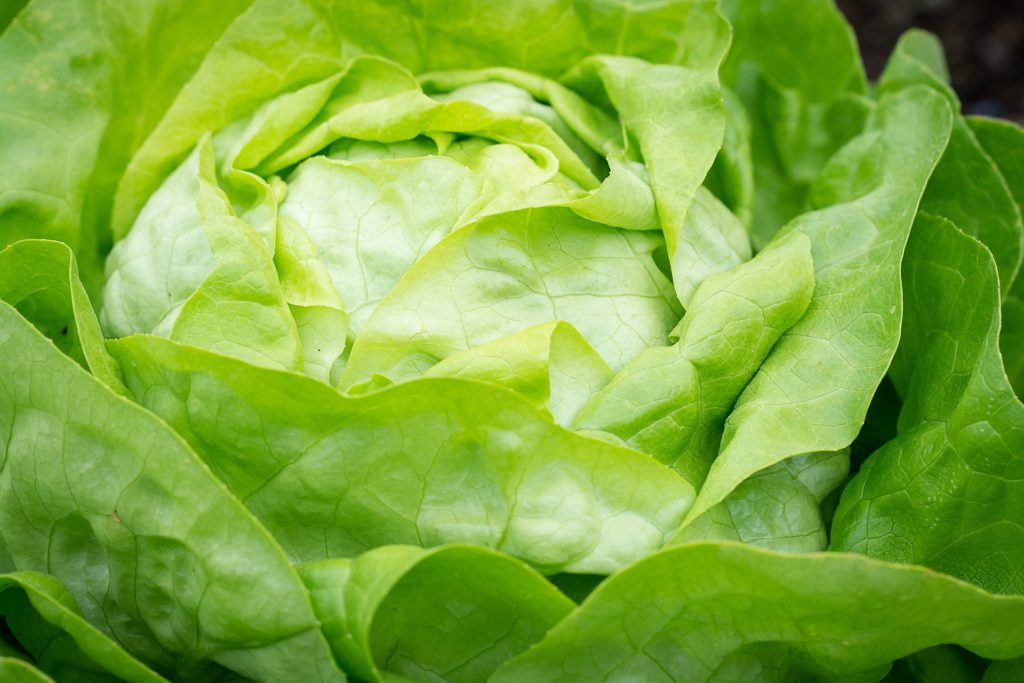In this guide, we’ll explore the ideal planting times, seasonal considerations, and several other factors that contribute to a bountiful lettuce harvest.
Understanding Lettuce Growth Cycles

Lettuce (Lactuca sativa) comes in various types, each with distinct characteristics, but generally, it thrives in cooler temperatures. It is classified broadly into three categories: leaf, romaine, and head lettuce. Each type has its unique varieties, some of which can withstand slightly higher temperatures than others. The growth cycle of lettuce is relatively quick, usually ranging from 30 to 85 days from seed to harvest, depending on the variety and the conditions in which it is grown.
Cool Weather (Spring and Fall)
Lettuce is a cool-season crop, which means its optimal growing temperatures are between 60°F and 65°F (15°C to 18°C). When the temperatures rise above 75°F (24°C), lettuce plants often bolt, producing flowers and seeds instead of a nice, tender head of leaves.
For most regions, this means that the best times to plant lettuce are in early spring and late summer for a fall harvest. Spring planting is perfect for getting a head start, while late summer plantings can yield a fall crop before the first frost. However, the exact timing may vary depending on your USDA Hardiness Zone.
Preparing for Planting: Knowing Your Zone
Before embarking on your lettuce planting adventure, it’s essential to identify which USDA Hardiness Zone you live in. This classification affects not only the timing of your planting but also the types of lettuce that will perform best in your garden. Zones range from 1 (coldest) to 13 (warmest), with each zone showing average minimum temperatures for a particular area.
For example, if you reside in a colder climate (Zones 3 to 5), you’ll want to be extra cautious about planting too early in the spring or too late in the fall. Conversely, warmer areas (Zones 9 to 11) might allow for a longer growing season, making it possible to plant lettuce throughout much of the year, with some varieties even tolerating mild winters.
Timing Your Planting

Determining the right time to plant lettuce involves not only understanding your hardiness zone but also the weather trends specific to your area. Here are general guidelines for planting lettuce based on season and conditions.
Early Spring Planting
In regions with cold winters, the soil can often remain too cold for planting until mid-to-late March or even early April. Once the soil temperature reaches about 45°F to 50°F (7°C to 10°C), you can start sowing seeds either directly in the garden or indoors if you plan on transplanting later.
Key days for planting lettuce in early spring:
Count backward from your last frost date: Most gardeners look at a seed packet which often mentions that lettuce can be sown 2 to 4 weeks before the last frost date. For instance, if your last frost is May 1, you may plant lettuce seeds as early as April 10.
Evaluate soil temperature: Use a soil thermometer to ensure that temperatures are suitable; this helps promote germination.
Late Summer Planting
For gardeners looking to plant lettuce for a late-season harvest, late summer is the optimal timeframe. Depending on your area, this is typically late July to early September. Since lettuce grows quickly, planting it early enough in the late summer allows the harvest right before the frost arrives.
Tips for late summer planting:
Monitor the weather: Pay attention to forecasts indicating potential heat waves that could stress seedlings. If necessary, consider shade cloths to protect young plants.
Select quick-growing varieties: Opt for fast-maturing types of lettuce, such as loose-leaf varieties or butterhead lettuce, which can provide a quicker turnaround on your overall growth timeframe.
Mid-Season Planting: A Step to Extend Your Harvest
In addition to early spring and late summer endeavors, many gardeners will plant lettuce during the mid-growing season, especially in cooler microclimates or with varieties that tolerate warmer conditions. This might mean successive sowing every couple of weeks as the previous plants mature and are harvested.
Considerations for mid-season planting:
Use cooling techniques: If the weather becomes unseasonably warm, consider implementing shade covers or planting in partial shade to keep the lettuce cool.
Watering is key: Mid-summer can bring increased evaporation. Pay attention to watering, ensuring the soil remains moist to reduce stress on developing plants.
Essential Tips for Success

Now that you understand the timing for planting lettuce, let’s dive into essential tips that can boost the success of your harvest.
Soil Preparation
Preparing well-draining, nutrient-rich soil is critical for growing lettuce. Loose, fertile soil allows roots to spread and access essential nutrients. Here’s how you can prepare:
Choose or create well-draining soil: Use a mix of compost, peat moss, and vermiculite to ensure good drainage while keeping the soil rich in nutrients.
pH levels: Lettuce prefers slightly acidic to neutral soil, with a pH level of 6.0 to 7.0. Test your soil and adjust as necessary.
Watering and Maintenance
Watering is essential, especially for young lettuce plants that need consistent moisture but not sogginess. Aim to water deeply and less frequently to promote root growth. As a rule of thumb, aim for about 1 inch of water per week when actively growing.
Use Crop Rotation
Rotating your lettuce crops can help prevent disease and reduces nutrient depletion in the soil. Avoid planting lettuce in the same spot year after year, which can attract pests and lead to a buildup of harmful pathogens.
Watch for Pests
Lettuce can be susceptible to various pests, including aphids, slugs, and leafhoppers. Various organic deterrents, such as neem oil, insecticidal soap, or row covers, can help protect your young plants.
Understanding Bolting and How to Avoid It

As temperatures rise, lettuce may bolt, which means it starts to flower and produce seeds. This results in a tough and bitter flavor. A few strategies to manage and limit bolting include:
Choose bolt-resistant varieties: Some lettuce species are bred specifically to withstand warmer temperatures and resist bolting.
Timing your planting: As discussed earlier, planting lettuce in the cool of early spring or late summer is key to avoiding bolting in the heat of midsummer.
Succession Planting for Continuous Harvests

One of the best strategies for ensuring a consistent supply of fresh lettuce is succession planting. This technique involves staggering planting dates in intervals—usually every two weeks. By doing this, you can have a continual harvest from spring through fall, maximizing your yield from limited space.
How to Do It:
Plan your calendar: Write down your planting dates and calculate when each group should be ready for harvest.
Mix and match: Plant different varieties with different harvest times to keep your garden visually appealing and your salads interesting.
Conclusion: Embracing the Journey of Lettuce Growing
Planting lettuce is a rewarding experience that can yield fresh, crisp greens for your table in no time—providing not just nourishment but immense satisfaction in growing your food. Understanding the appropriate timing for planting, along with considering the local climate, soil preparation, pest management, and the importance of succession planting, will equip any gardener to flourish in their greens-growing adventure.





